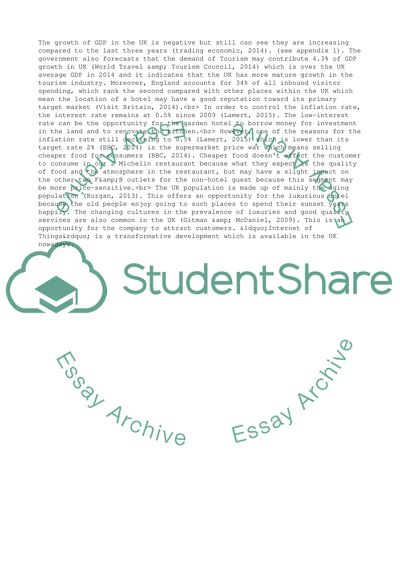Cite this document
(Strategic Management of Aber Gardens Hotel Case Study, n.d.)
Strategic Management of Aber Gardens Hotel Case Study. Retrieved from https://studentshare.org/management/1856676-strategic-management-case-study-of-aber-gardens-hotel
Strategic Management of Aber Gardens Hotel Case Study. Retrieved from https://studentshare.org/management/1856676-strategic-management-case-study-of-aber-gardens-hotel
(Strategic Management of Aber Gardens Hotel Case Study)
Strategic Management of Aber Gardens Hotel Case Study. https://studentshare.org/management/1856676-strategic-management-case-study-of-aber-gardens-hotel.
Strategic Management of Aber Gardens Hotel Case Study. https://studentshare.org/management/1856676-strategic-management-case-study-of-aber-gardens-hotel.
“Strategic Management of Aber Gardens Hotel Case Study”, n.d. https://studentshare.org/management/1856676-strategic-management-case-study-of-aber-gardens-hotel.


